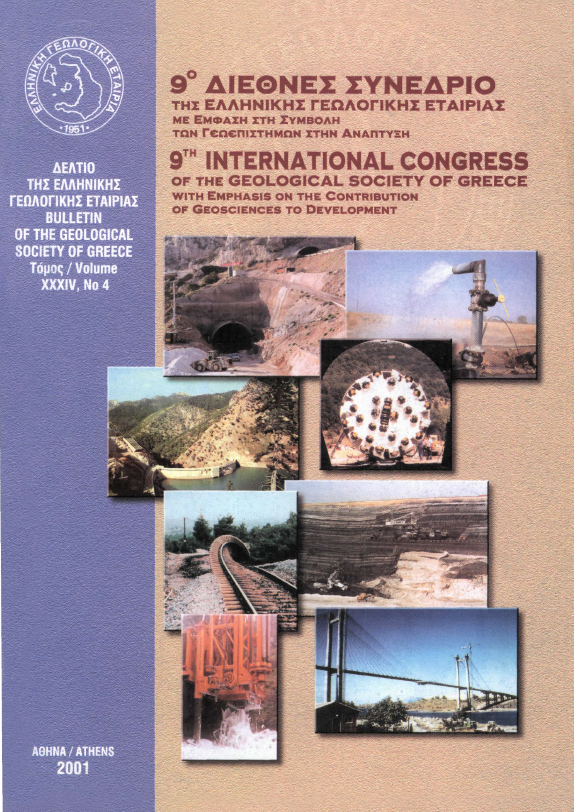The 26th December 2004 Indian Ocean tsunami: the intensity field

Abstract
The Mw=9.3 Sumatra earthquake of 26.12.2004 triggered one of the most devastating tsunamis. A great number of coastal sites were affected around the Indian Ocean from near-field up to distances of more than 6000 km. We compiled field data taken by many research groups, including the present one, from around the Indian Ocean and classified them according to their geographical distribution. In every observation point, the various effects of the tsunami have been transformed to tsunami intensities. The 12-point intensity scale was applied. Maximum intensities ranging between 10 and 12 have been assigned not only to near-field localities of Sumatra and to mid-field localities but also to far-field spots of East Africa. A similar pattern for the maximum wave heights (10 m <h <35 m) observed has been found for near- and mid-field locations. However, no such large wave heights were observed in East Africa, which implies that the tsunami intensity is controlled by the wave heights and also by other natural and anthropogenic factors. In fact, wave heights and intensities were mapped along the coast of Sri Lanka, where the dataset is more accurate and complete. For these reasons wave height and intensity practically are not correlated.
Article Details
- How to Cite
-
Daskalaki, E., & Papadopoulos, G. A. (2007). The 26th December 2004 Indian Ocean tsunami: the intensity field. Bulletin of the Geological Society of Greece, 40(3), 1074–1079. https://doi.org/10.12681/bgsg.16826
- Section
- Geophysics and Seismology

This work is licensed under a Creative Commons Attribution-NonCommercial 4.0 International License.
Authors who publish with this journal agree to the following terms:
Authors retain copyright and grant the journal right of first publication with the work simultaneously licensed under a Creative Commons Attribution Non-Commercial License that allows others to share the work with an acknowledgement of the work's authorship and initial publication in this journal.
Authors are able to enter into separate, additional contractual arrangements for the non-exclusive distribution of the journal's published version of the work (e.g. post it to an institutional repository or publish it in a book), with an acknowledgement of its initial publication in this journal. Authors are permitted and encouraged to post their work online (preferably in institutional repositories or on their website) prior to and during the submission process, as it can lead to productive exchanges, as well as earlier and greater citation of published work.




